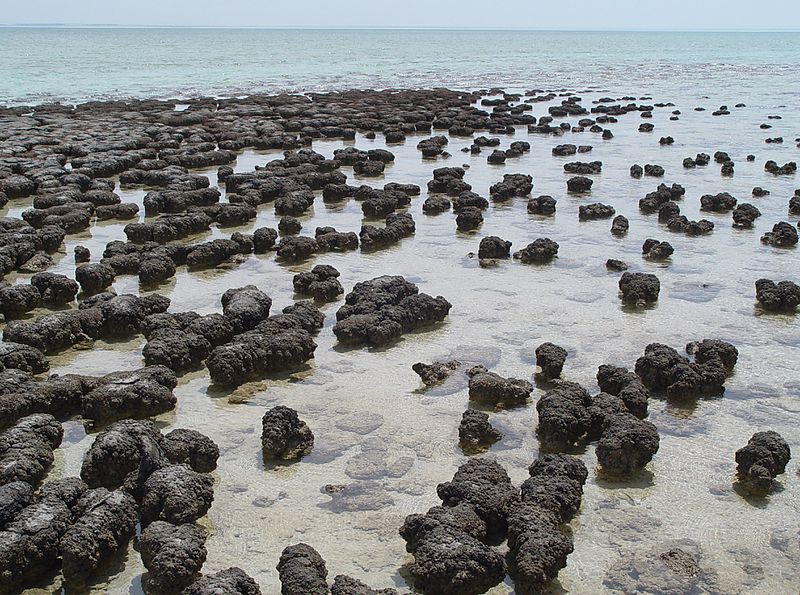A new paper recently published in Earth and Planetary Science Letters by a team of researchers from Australia and the US proposes that cooling of the mantle played a major role in sequestering phosphorous, an essential element for life, in the Earth’s crust. Phosphorous is concentrated in partial melts of the Earth’s mantle. As plate tectonics proceeded, cooling the mantle, phosphorous became enriched in the melt residues. Through a global survey of igneous rocks, the researchers identified a close correlation between phosphorous concentrations and the amount of oxygen in the Earth’s atmosphere. Large increases in crustal phosphorous concentrations coincide with the Great Oxidation Event 2.4 billion years ago, when it is believed life first began to thrive, and again at 800 million years ago, when multicellular organisms first developed. These results suggest that plate tectonics may have been a key factor in the evolution of life on Earth.
For more information, visit:
Linking the rise of atmospheric oxygen to growth in the continental phosphorus inventory
